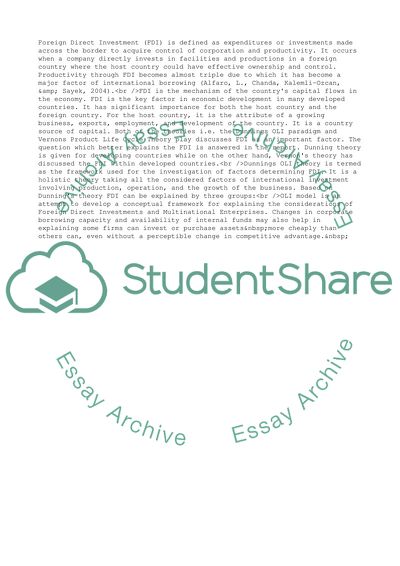Cite this document
(Business Environment Analysis of Manufacturing FDI Coursework Example | Topics and Well Written Essays - 1500 words, n.d.)
Business Environment Analysis of Manufacturing FDI Coursework Example | Topics and Well Written Essays - 1500 words. https://studentshare.org/business/1842524-business-environment-analysis-and-research-manufacturing-fdi
Business Environment Analysis of Manufacturing FDI Coursework Example | Topics and Well Written Essays - 1500 words. https://studentshare.org/business/1842524-business-environment-analysis-and-research-manufacturing-fdi
(Business Environment Analysis of Manufacturing FDI Coursework Example | Topics and Well Written Essays - 1500 Words)
Business Environment Analysis of Manufacturing FDI Coursework Example | Topics and Well Written Essays - 1500 Words. https://studentshare.org/business/1842524-business-environment-analysis-and-research-manufacturing-fdi.
Business Environment Analysis of Manufacturing FDI Coursework Example | Topics and Well Written Essays - 1500 Words. https://studentshare.org/business/1842524-business-environment-analysis-and-research-manufacturing-fdi.
“Business Environment Analysis of Manufacturing FDI Coursework Example | Topics and Well Written Essays - 1500 Words”. https://studentshare.org/business/1842524-business-environment-analysis-and-research-manufacturing-fdi.


